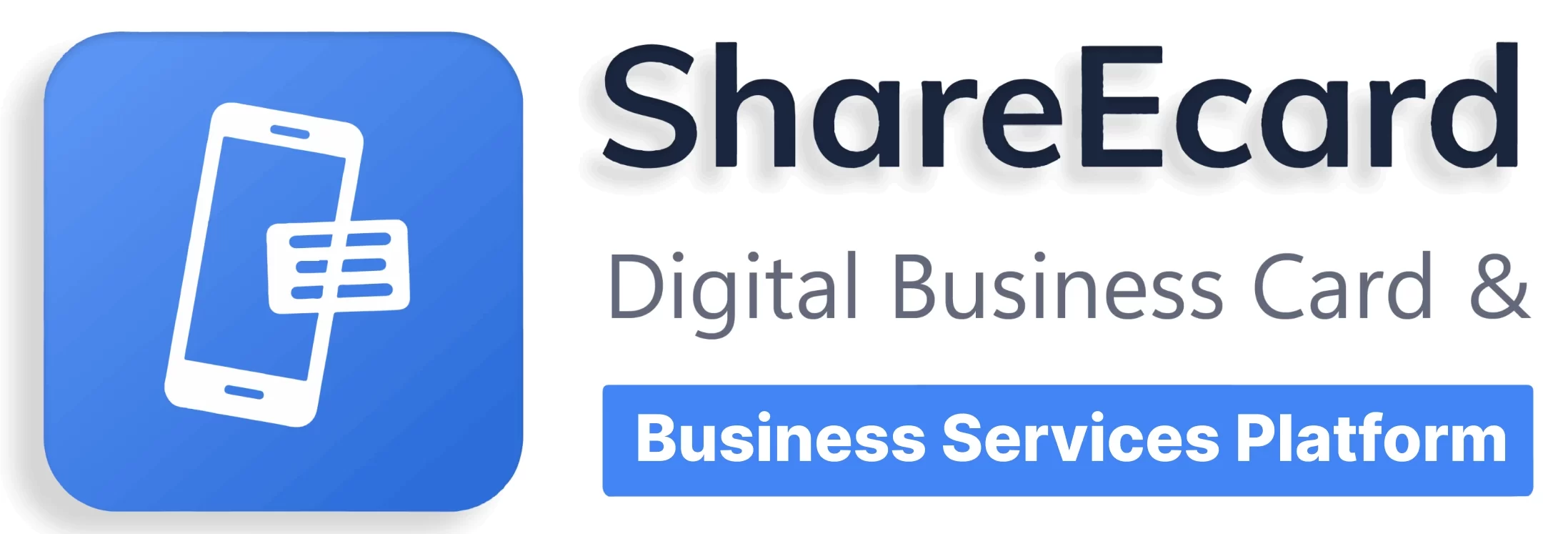Trust has quickly become a cornerstone of successful interactions in both personal and professional life. As technology advances, the need for secure, reliable, and transparent communication grows. The intersection of technology and trust in digital communication is shaping the way we connect, share, and conduct business.
The Role of Technology in Enhancing Trust
Technology plays a critical role in fostering trust in digital communication. Encryption, for instance, ensures that sensitive data remains private and secure during transmission. Secure communication protocols, such as HTTPS, have become standard for websites, reassuring users that their interactions are protected.
Advanced tools like managed detection and response services further strengthen trust by proactively identifying and addressing potential threats. These services provide real-time monitoring and swift action against cyberattacks, ensuring that communication channels remain secure and reliable.
Building Trust Through Authentication
Authentication technologies are essential for verifying identities in digital communication. Multi-factor authentication (MFA) and biometric verification add extra layers of vital security, making it difficult for unauthorized users to gain access.
Businesses that invest in robust authentication measures send a clear message to their users: “Your security is our priority.” This commitment to safeguarding interactions builds trust and encourages continued engagement.
Transparency and Accountability in Communication
Trust is not only about security but also about transparency. Users want to know how their data is being handled, stored, and used. Technologies that provide transparency, such as blockchain, are gaining popularity in digital communication.
Blockchain’s decentralized and tamper-proof nature allows users to verify the integrity of transactions and communications. Whether it’s securing contracts or authenticating digital assets, blockchain is enhancing trust by offering a clear trail of accountability.
The Impact of Artificial Intelligence
Artificial Intelligence (AI) has revolutionized digital communication, but it also raises questions about trust. AI-powered chatbots, for example, enhance customer service by providing instant responses. However, ensuring that these interactions are accurate, unbiased, and respectful is key to maintaining trust.
AI also aids in detecting and preventing fraud. By analyzing patterns and behaviors, AI systems can identify suspicious activities and alert users in real time. This proactive approach strengthens trust by demonstrating a commitment to user safety.
Trust in a Collaborative Digital World
As communication becomes more global, trust must extend across borders. Businesses, governments, and individuals must collaborate to establish universal standards for digital security. Initiatives like shared threat intelligence networks and cross-industry partnerships are essential for fostering trust on a larger scale.
For example, managed detection and response services allow businesses to benefit from collective knowledge and expertise, ensuring their communication channels remain secure. This collaborative effort reinforces trust by creating a united front against digital threats.
Balancing Innovation and Ethics
While technology enables seamless digital communication, it’s vital to balance innovation with ethical considerations. Users expect companies to respect their privacy and use data responsibly. Businesses that prioritize ethical practices—such as obtaining informed consent and minimizing data collection—are more likely to earn and retain trust.
Emerging technologies like facial recognition and deep learning also require careful implementation to avoid misuse. Transparency in how these technologies are applied can help maintain trust while driving innovation.
The Future of Trust in Digital Communication
The future of digital communication lies in the convergence of advanced technology and human values. Trust will continue to be a defining factor in how we interact online, and technology must evolve to meet this expectation.
From quantum encryption to decentralized communication networks, the next wave of technological advancements promises even greater security and transparency. By staying ahead of these trends and prioritizing trust, businesses can foster lasting relationships with their users.
So, How Does Tech and Trust Intersect?
The intersection of technology and trust in digital communication is reshaping the way we connect and collaborate. As advancements in security, transparency, and ethical practices continue, trust will remain at the heart of successful digital interactions.
By leveraging tools like managed detection and response services, businesses can ensure their communication channels are secure, fostering confidence among users. In this rapidly evolving landscape, trust and technology must go hand in hand to build a more connected and secure digital world.




